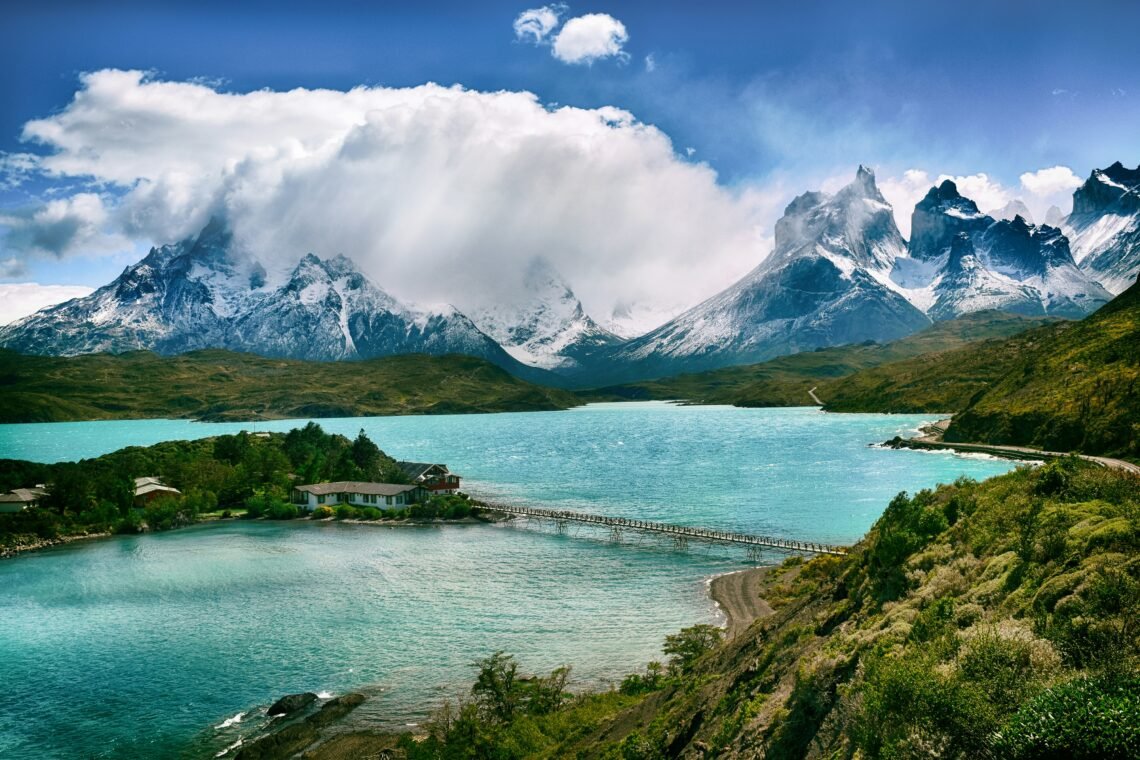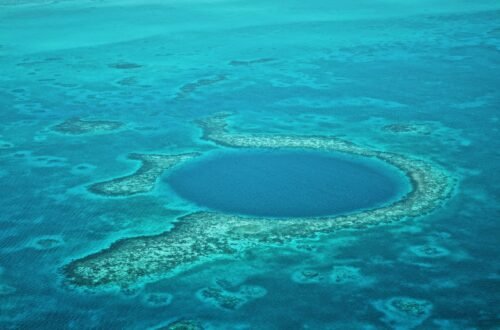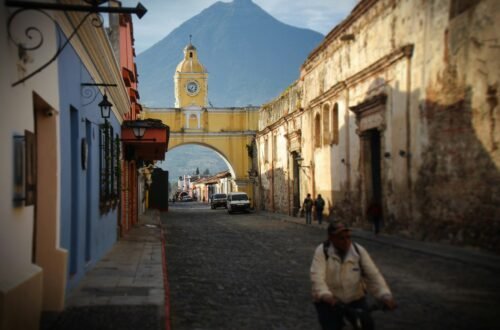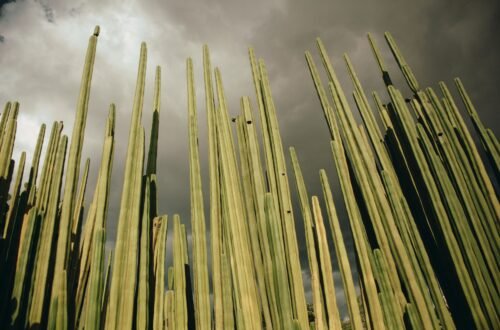What else can you do in Chile’s Torres del Paine National Park besides hiking and viewing glaciers?
Track pumas!
Why choose Torres del Paine for tracking pumas?
Because the Patagonia region is a natural stronghold for pumas, and Chile places significant emphasis on their conservation. As a result, Patagonia, particularly in Chile, has a high population of pumas. And where exactly in Patagonia is that? Well, it’s the very region where Torres del Paine is located!
Statistics show that there is roughly one puma for every 10 square kilometers in Torres del Paine, with even higher densities around Lake Amarga and the Sarmiento area.
According to the latest insider information from Summer, if you allocate two days to track pumas in Torres del Paine, your chances of spotting one are nearly 100%.
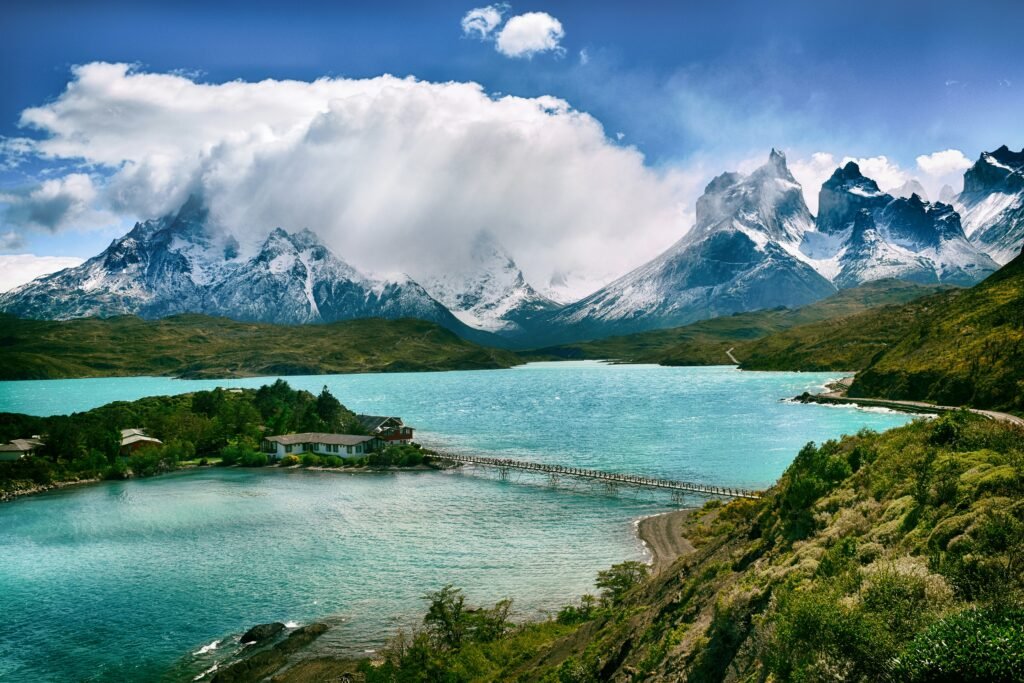
Should you stay inside or outside Torres del Paine National Park when tracking pumas?
Staying inside the park is certainly more convenient, but it’s pricey—often over $1,000 a night! Who can afford that?!
So, what about staying outside the park, like in Puerto Natales? Does it affect the tracking experience?
Not at all!
The only difference is that you’ll need to wake up a bit earlier. If you’re on a guided tour, you’ll hop on a bus early in the morning and head to the park with the guide. Wherever the guide says to go, that’s where you’ll go!
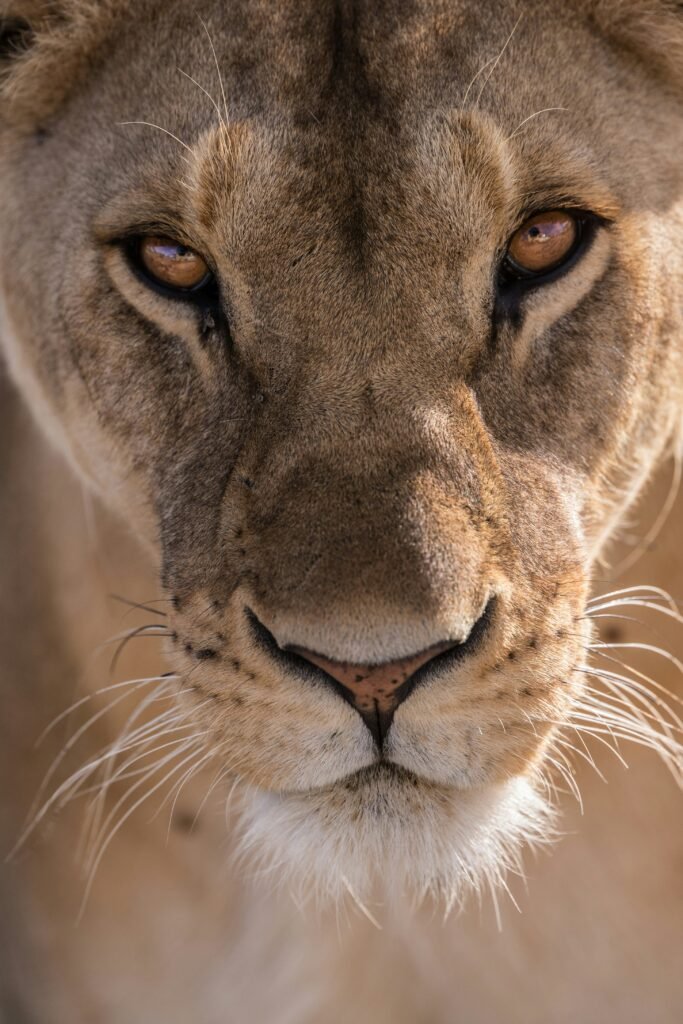
How can you track pumas in Torres del Paine?
You can either track them on your own or join a guided tour led by an expert guide.
If you plan to track the pumas on your own, Summer recommends renting a car, because:
- Puma tracking requires early mornings, ideally arriving at the park before sunrise. This way, when the pumas venture out for their breakfast, you’ll already be set up and ready.
- Without a rental car, you’ll be limited to taking the bus. The buses don’t depart early enough and only stop at fixed points.
What are the advantages of joining a guided tour or tracking with a guide?
- Guides go out daily and know the pumas’ activity patterns like the back of their hand. They can take you to the right spots at the right times, ensuring your chances of success.
- If a location doesn’t yield results, the guides will quickly adjust and move to a new spot based on their experience.
- Guides also communicate with each other via radio, so there’s a network of information, which significantly increases your chances of spotting a puma!
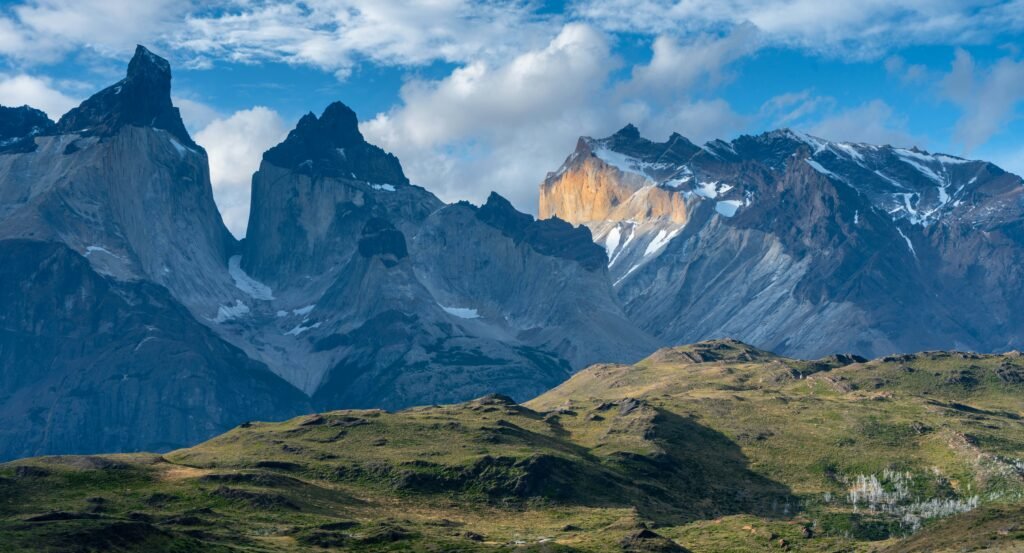
What season offers the best chance to spot pumas?
From November to February, Torres del Paine enjoys long daylight hours—up to 16–17 hours of sunlight per day. As long as you have the stamina, you can stay out watching until dusk.
That said, Summer also recommends visiting during the shoulder seasons—September to October and March to April. Although the days are shorter, the park is much less crowded, and prices are more budget-friendly!
A local guide in Torres del Paine told Summer that during these shoulder months, tours and accommodations can be up to 25% cheaper. And for the truly adventurous: if you visit during the park’s winter season (May to August), the cost can drop to less than half of the peak-season rates!
Some friends have asked me, “Summer, are pumas dangerous? What should we do if we run into one while hiking?”
First off, let me reassure you—if you’re hiking the popular W Trek in Torres del Paine, the chances of encountering a puma are very low. Why?
Because there are just too many people on that trail! It’s always buzzing with activity, and pumas tend to avoid noisy, crowded areas.
Pumas are rarely aggressive toward humans.
But if you do happen to see one, here’s what you should do:
- Keep a safe distance and, if you’re with a guide, always follow their instructions.
- Raise your arms or grab a nearby branch to make yourself appear bigger and stronger.
- Never turn your back or run away—this could trigger their instinct to chase.
If you’re curious about puma-tracking tours or want more info on local guides in Torres del Paine, feel free to DM me!
I’m Summer, a backpacker with a passion for the outdoors.
I only recommend the most unforgettable adventures in faraway places.
Follow me, and let’s talk travel—especially all things South America!
